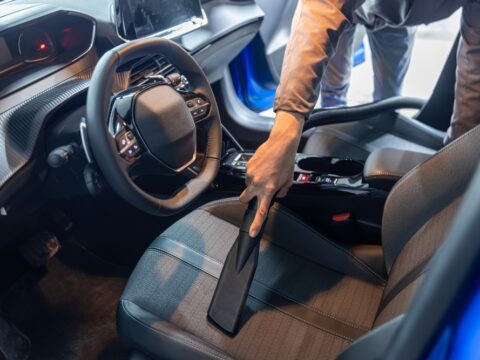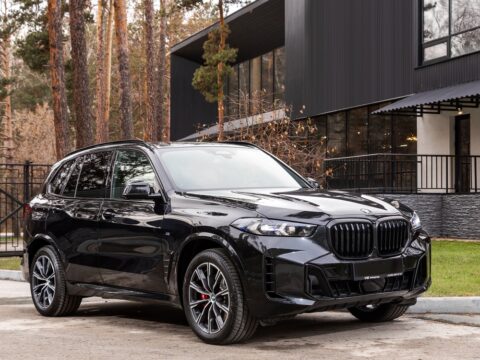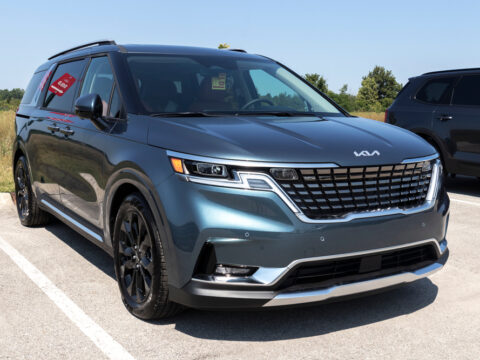Car safety has come a long way over the years, with innovations that have significantly transformed the auto industry. From the introduction of seatbelts to the latest advancements in autonomous driving technology, these groundbreaking features have made our roads safer and driving more secure. In this article, we’ll explore 20 car safety innovations that have truly revolutionized the way we drive.
Contents
Seatbelts

Introduced in the 1950s, seatbelts are one of the simplest yet most effective car safety innovations. By securing occupants in their seats during a collision, seatbelts reduce the risk of severe injury and fatalities. Modern seatbelts come with pre-tensioners and load limiters that tighten the belt upon impact and then allow some give to reduce the force on the occupant’s chest. This crucial invention has saved countless lives and continues to be a fundamental safety feature in all vehicles.
Airbags
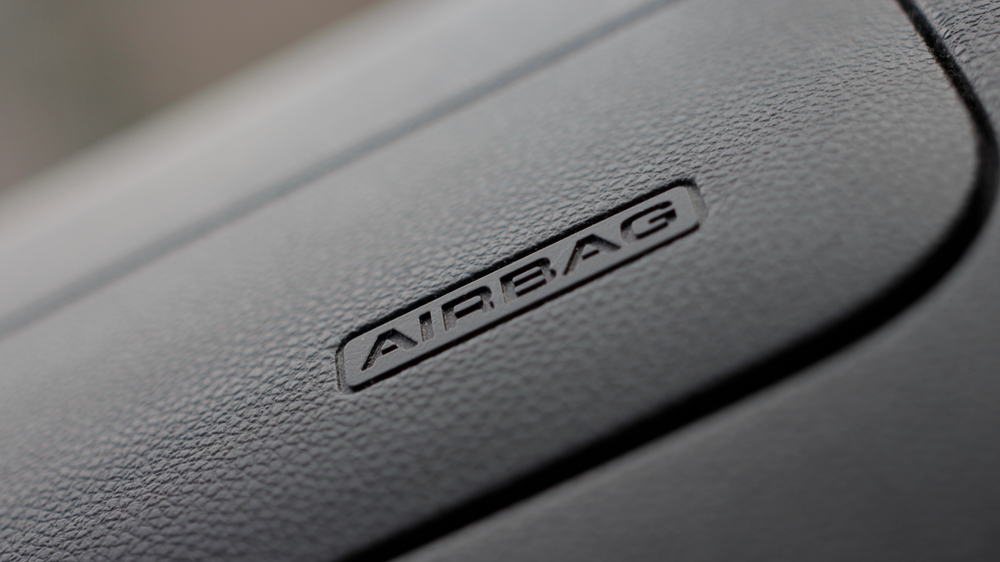
First commercialized in the 1980s, airbags have become a standard safety feature in modern vehicles. They provide critical protection by inflating rapidly during a collision to cushion occupants and reduce the risk of serious injury. Airbags are now found in various locations within the car, including front, side, curtain, and knee areas, offering comprehensive protection in different types of crashes.
Anti-lock Braking System (ABS)

ABS prevents the wheels from locking up during hard braking, allowing drivers to maintain steering control. Introduced in the late 1970s, this technology uses sensors to monitor wheel speed and modulate brake pressure accordingly. ABS is particularly effective on slippery surfaces, significantly reducing stopping distances and helping drivers avoid accidents.
Electronic Stability Control (ESC)

ESC helps drivers maintain control of their vehicles during extreme steering maneuvers, such as skidding or swerving. By automatically applying brakes to individual wheels and reducing engine power, ESC prevents the vehicle from spinning out or rolling over. This innovation, mandatory in many countries since the mid-2000s, has been shown to reduce single-vehicle crashes by up to 50%.
Crumple Zones
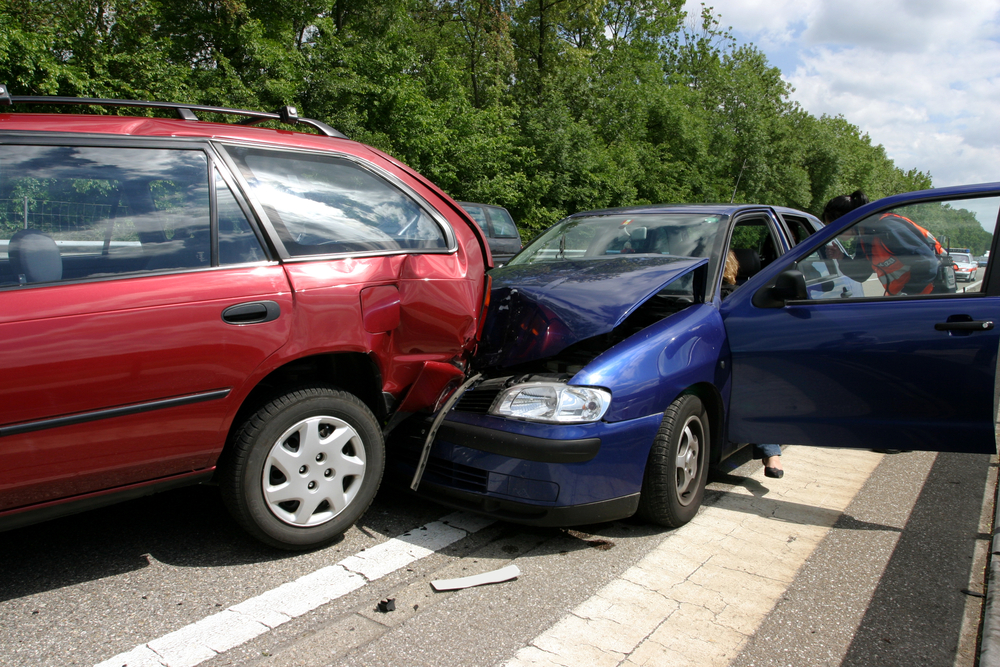
Crumple zones are designed to absorb and dissipate energy during a crash, reducing the force transmitted to occupants. These areas of the vehicle deform in a controlled manner, protecting the passenger compartment from severe deformation. Introduced in the 1950s, crumple zones have become a key aspect of vehicle design, significantly enhancing occupant safety in frontal collisions.
Rearview Cameras
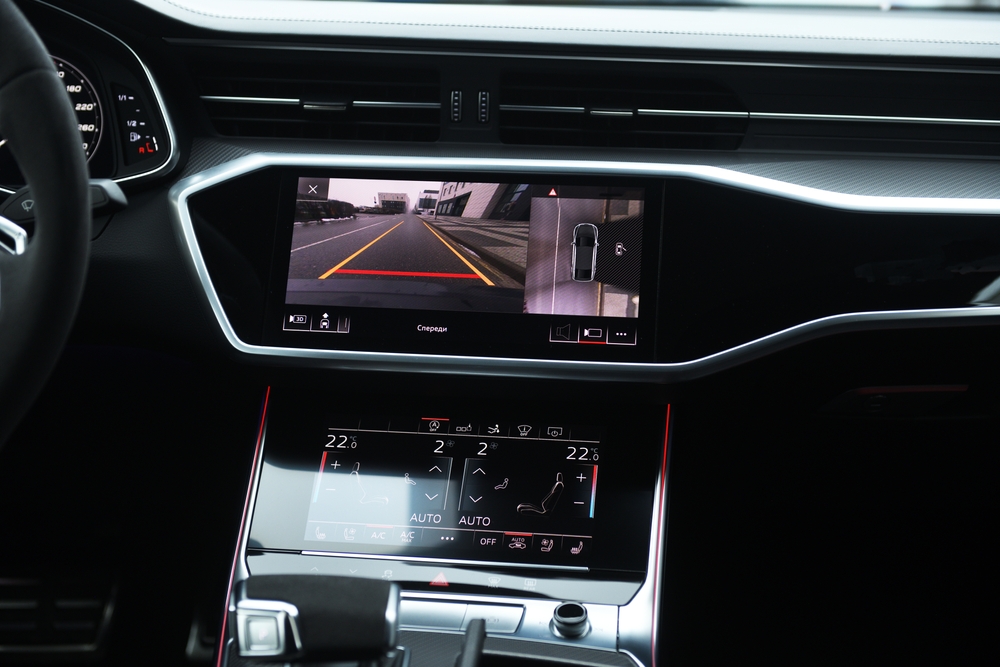
Rearview cameras assist drivers in avoiding obstacles and improving visibility while reversing. Mandated in the U.S. for all new cars since 2018, these cameras provide a clear view of the area behind the vehicle, helping to prevent backover accidents. Many systems also include grid lines to aid in parking, making this innovation a crucial tool for enhancing driver awareness and safety.
Adaptive Cruise Control (ACC)

ACC automatically adjusts the vehicle’s speed to maintain a safe following distance from the car ahead. Using radar and camera sensors, ACC can accelerate, decelerate, and even bring the vehicle to a complete stop if necessary. This technology reduces driver fatigue on long journeys and enhances safety by ensuring proper distance is maintained in varying traffic conditions.
Lane Departure Warning Systems (LDWS)
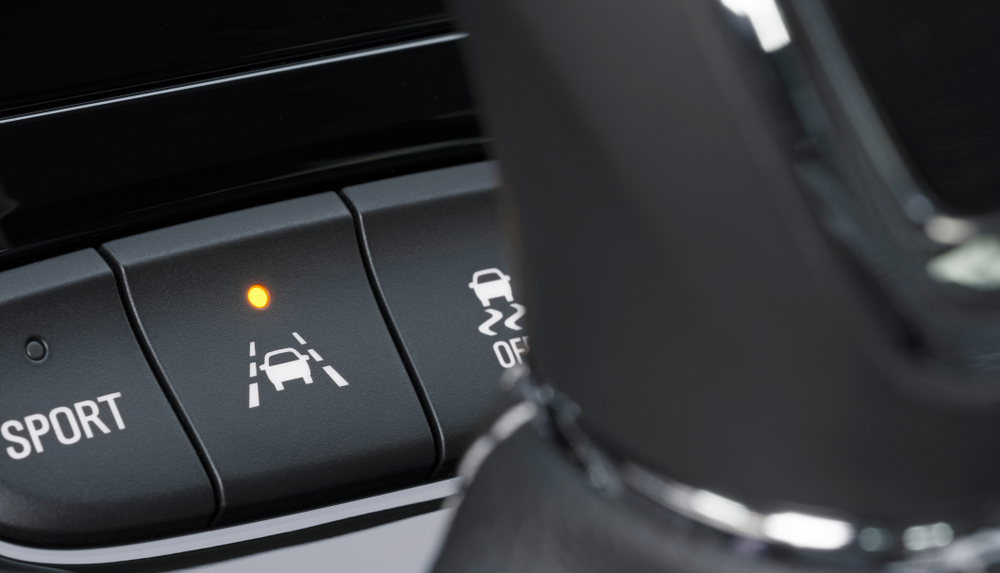
LDWS alert drivers if they unintentionally drift out of their lane. Using cameras to monitor lane markings, these systems provide visual, audible, or haptic warnings when the vehicle begins to leave its lane without signaling. By helping drivers stay within their lanes, LDWS reduce the risk of side collisions and run-off-road accidents.
Blind Spot Detection Systems
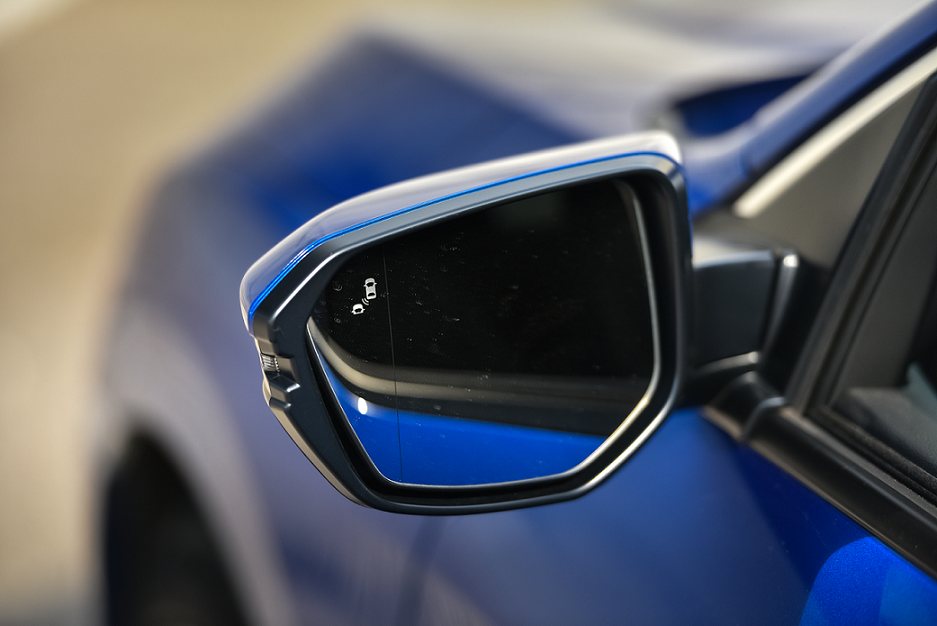
Blind spot detection systems warn drivers of vehicles in their blind spots, reducing the risk of collisions during lane changes. Using radar or ultrasonic sensors, these systems monitor areas that are difficult for drivers to see and provide alerts through visual indicators or audible warnings. This technology enhances driver awareness and helps prevent accidents caused by blind spot issues.
Automatic Emergency Braking (AEB)
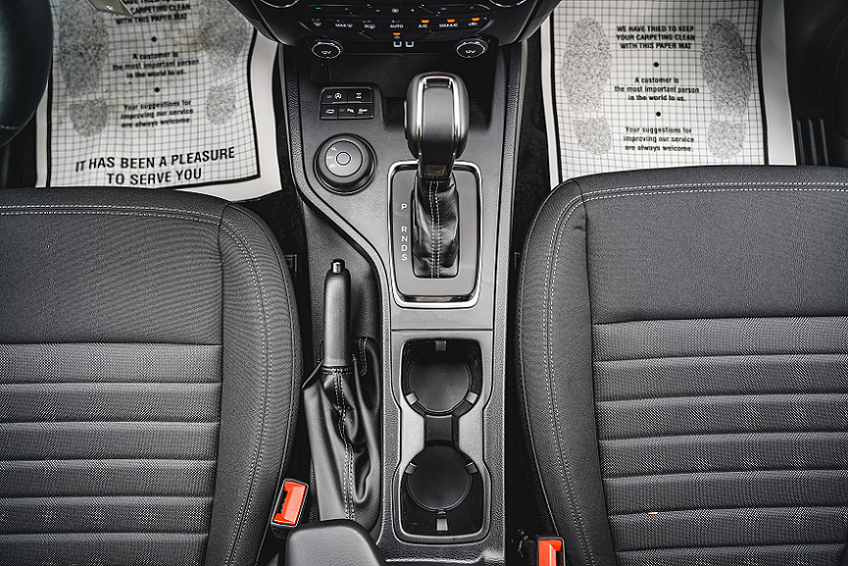
AEB detects potential collisions and applies the brakes to prevent or mitigate impact. Using radar, cameras, or a combination of both, AEB systems can identify vehicles, pedestrians, and other obstacles in the vehicle’s path. This innovation reduces the severity of crashes and can even prevent collisions altogether, making it a vital safety feature in modern cars.
Traction Control Systems (TCS)
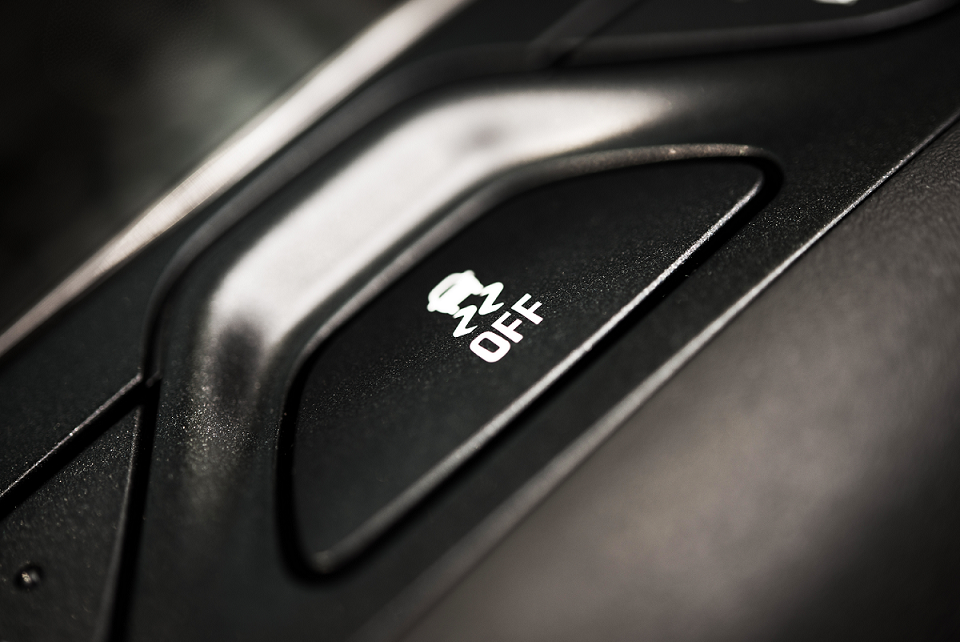
TCS prevents wheel spin during acceleration by adjusting power delivery. By modulating engine power and applying brakes to individual wheels, TCS ensures optimal traction, especially on slippery surfaces. This technology enhances vehicle stability and control, reducing the likelihood of skidding and improving overall safety.
Pedestrian Detection Systems
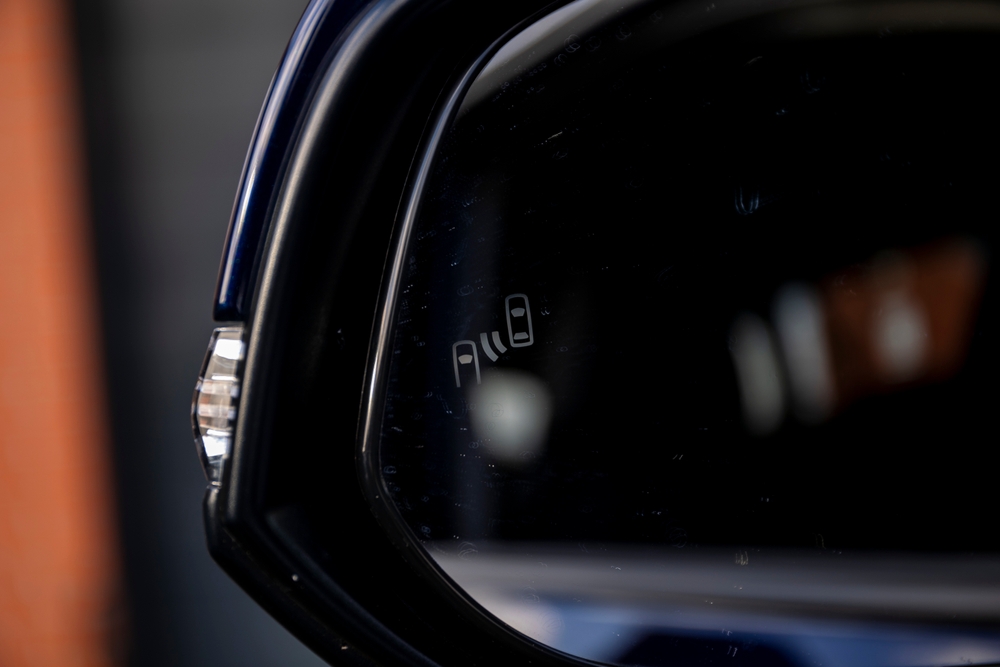
Pedestrian detection systems identify pedestrians in the vehicle’s path and warn the driver or automatically brake to prevent a collision. Using advanced sensors and algorithms, these systems can differentiate between pedestrians and other objects, enhancing urban driving safety. This innovation is particularly beneficial in reducing pedestrian-related accidents.
Tire Pressure Monitoring Systems (TPMS)
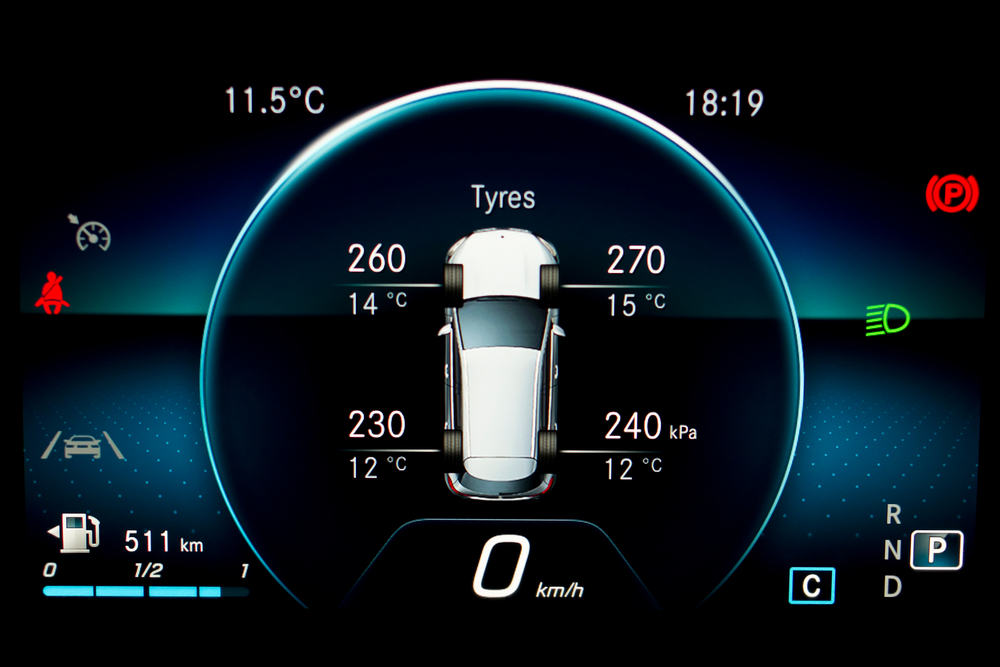
TPMS alerts drivers when tire pressure is too low, preventing blowouts and improving fuel efficiency. Using sensors mounted on the wheels, TPMS provides real-time information on tire pressure, ensuring optimal tire performance and safety. This technology helps drivers maintain proper tire pressure, reducing the risk of accidents caused by under-inflated tires.
Head-Up Displays (HUD)
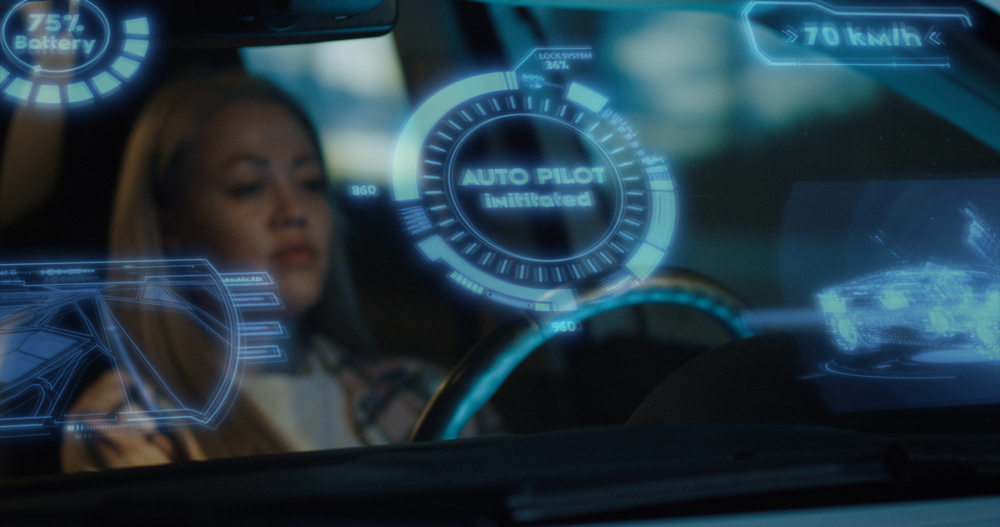
HUD projects important information onto the windshield, keeping the driver’s eyes on the road. This technology displays speed, navigation directions, and other critical data within the driver’s line of sight, minimizing distractions. By providing essential information in a convenient format, HUD enhances situational awareness and overall driving safety.
Forward Collision Warning Systems (FCWS)
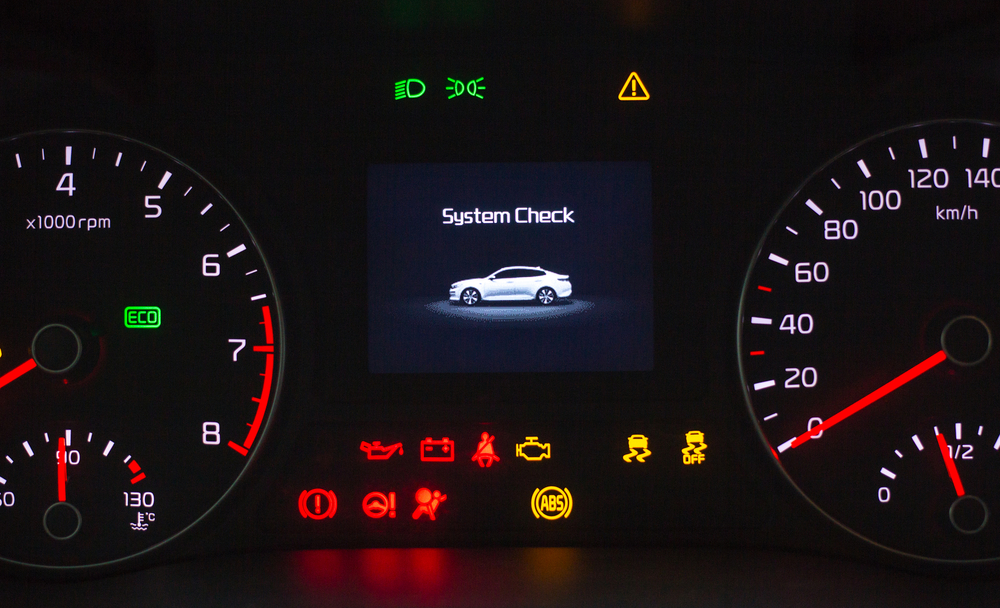
FCWS warns drivers of potential frontal collisions with vehicles or obstacles. Using radar or cameras, these systems monitor the road ahead and provide alerts if a collision is imminent. By giving drivers early warning, FCWS allows them to take evasive action, reducing the likelihood of accidents.
Automatic High Beams
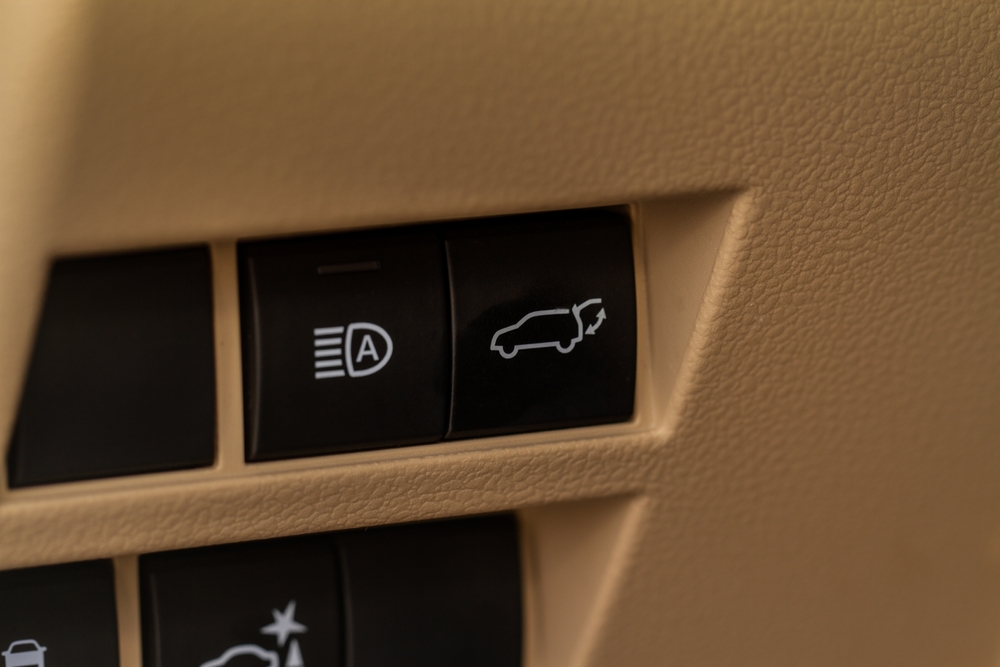
Automatic high beams adjust the vehicle’s headlights to provide optimal lighting without blinding other drivers. Using sensors to detect oncoming traffic and ambient light, this technology switches between high and low beams automatically. This ensures maximum visibility for the driver while preventing glare for other road users, enhancing nighttime driving safety.
Side-Impact Airbags

Side-impact airbags provide additional protection for occupants during side collisions. Typically installed in the seats or doors, these airbags inflate to cushion and protect the torso and pelvis. By reducing the risk of injury in side impacts, side-impact airbags contribute significantly to occupant safety.
Advanced Driver-Assistance Systems (ADAS)

ADAS includes a range of technologies like lane keeping assist, traffic sign recognition, and more. These systems use sensors and cameras to monitor the vehicle’s surroundings and provide assistance or warnings to the driver. ADAS enhances driving safety and convenience by automating certain driving tasks and improving situational awareness.
Child Safety Locks
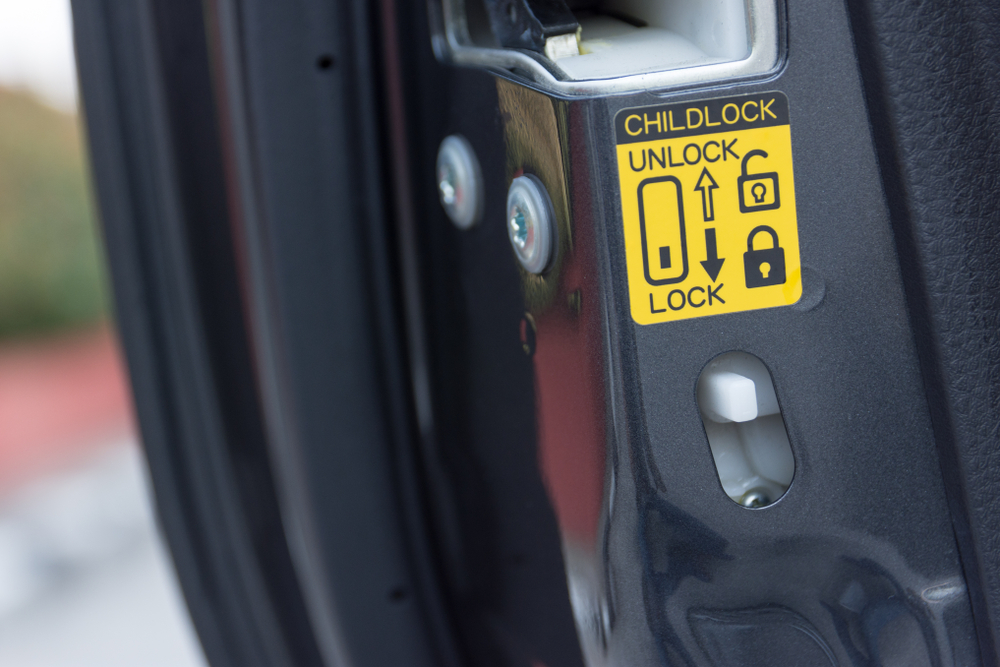
Child safety locks prevent children from opening doors from the inside. By engaging these locks, parents can ensure that children cannot accidentally open doors while the vehicle is in motion. This simple yet effective feature enhances the safety of young passengers and provides peace of mind for parents.
Electronic Brakeforce Distribution (EBD)
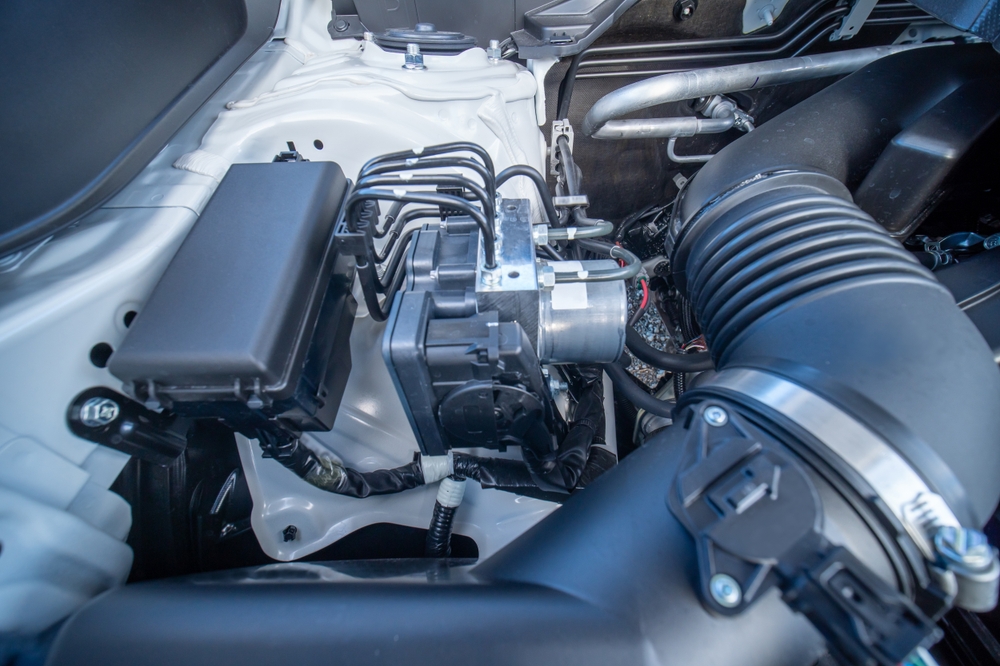
EBD distributes braking force among the wheels to improve stability. By adjusting the brake pressure to each wheel based on load conditions, EBD ensures balanced braking and prevents skidding. This technology enhances braking performance and vehicle control, especially during emergency stops.
This article originally appeared in MyCarMakesNoise.
More from MyCarMakesNoise
10 Most Powerful Motorcycle Engines In Production Today

In the world of high-performance motorcycles, the engine is the heart of the beast. Models like the Kawasaki Ninja H2 R and the Damon Hypersport exemplify the pinnacle of power and innovation, showcasing what modern engineering can accomplish. Read More
11 Fastest Single-Engine Planes You Can Fly Today

Exploring the skies has never been more exhilarating with the latest advancements in single-engine planes. Combining remarkable speed with cutting-edge technology, these aircraft offer both seasoned pilots and aviation enthusiasts an unparalleled flying experience. Read More
10 Used Honda Models You Should Steer Clear Of At All Costs

When shopping for a used car, reliability is key. While Honda is known for producing dependable vehicles, some models have proven to be less reliable over time. In this guide, we’ll highlight the used Honda models you should steer clear of at all costs, detailing the issues that have plagued these particular vehicles. Read More


